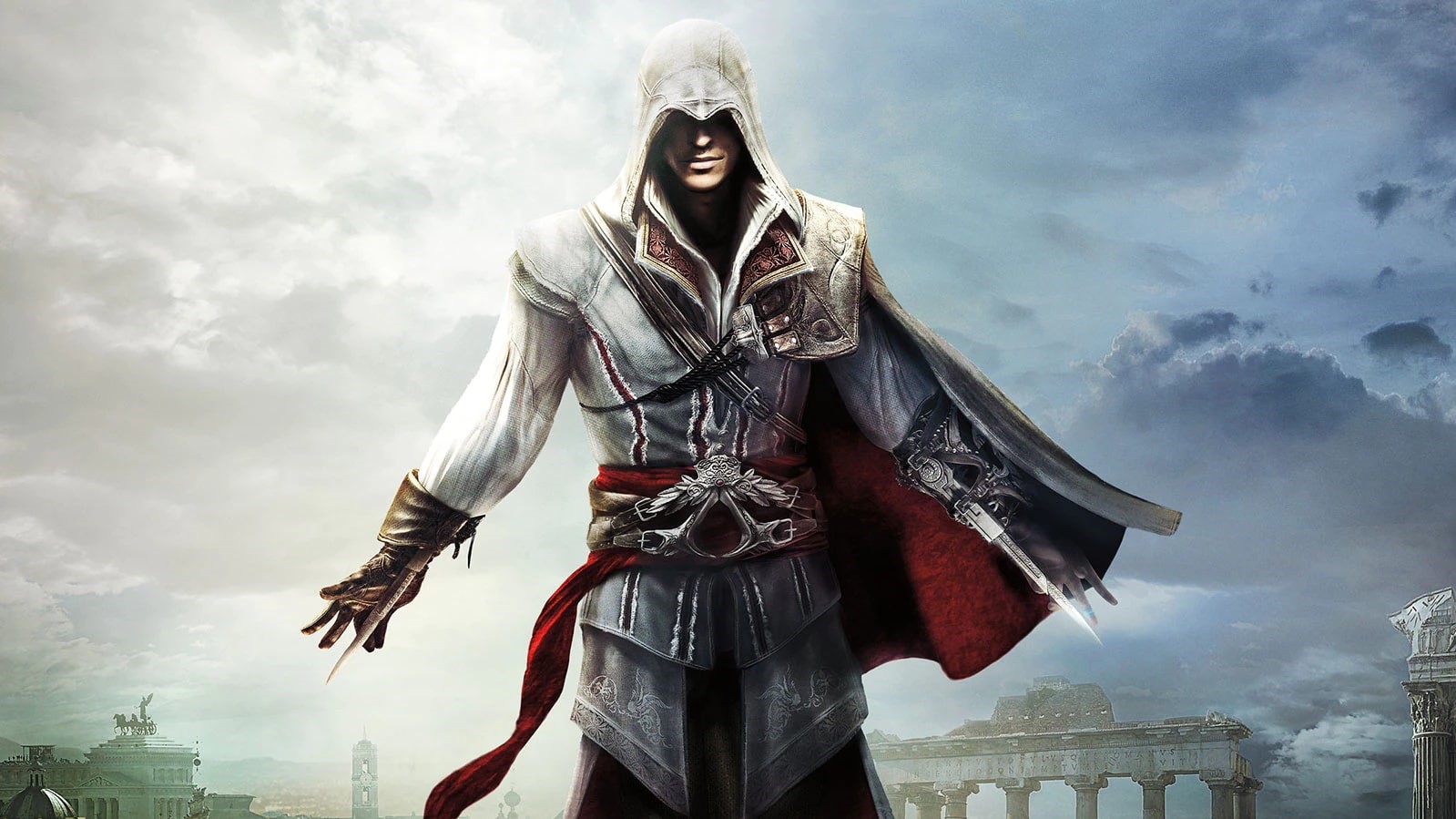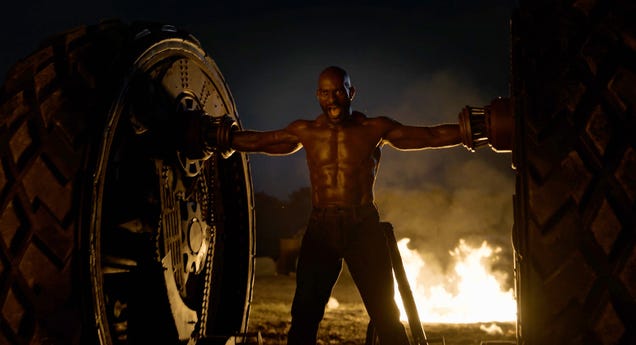Il est vraiment incroyable de voir à quel point le trailer de la saison 2 de Twisted Metal met en avant Axel, ce personnage emblématique qui est censé être un mélange parfait entre l'homme et le véhicule. Mais soyons honnêtes, est-ce que vous pensez vraiment qu'ils ont réussi à capturer l'essence de ce personnage légendaire ? Non seulement le design semble falot, mais l'idée même de traduire un concept aussi complexe en live-action est une énorme erreur. Comment peut-on espérer séduire les vrais fans avec un résultat aussi décevant ? C'est une insulte à l'ensemble de la franchise ! Peut-on vraiment faire confiance à ces showrunners qui ne semblent pas comprendre ce qui fait la magie
Il est vraiment incroyable de voir à quel point le trailer de la saison 2 de Twisted Metal met en avant Axel, ce personnage emblématique qui est censé être un mélange parfait entre l'homme et le véhicule. Mais soyons honnêtes, est-ce que vous pensez vraiment qu'ils ont réussi à capturer l'essence de ce personnage légendaire ? Non seulement le design semble falot, mais l'idée même de traduire un concept aussi complexe en live-action est une énorme erreur. Comment peut-on espérer séduire les vrais fans avec un résultat aussi décevant ? C'est une insulte à l'ensemble de la franchise ! Peut-on vraiment faire confiance à ces showrunners qui ne semblent pas comprendre ce qui fait la magie










